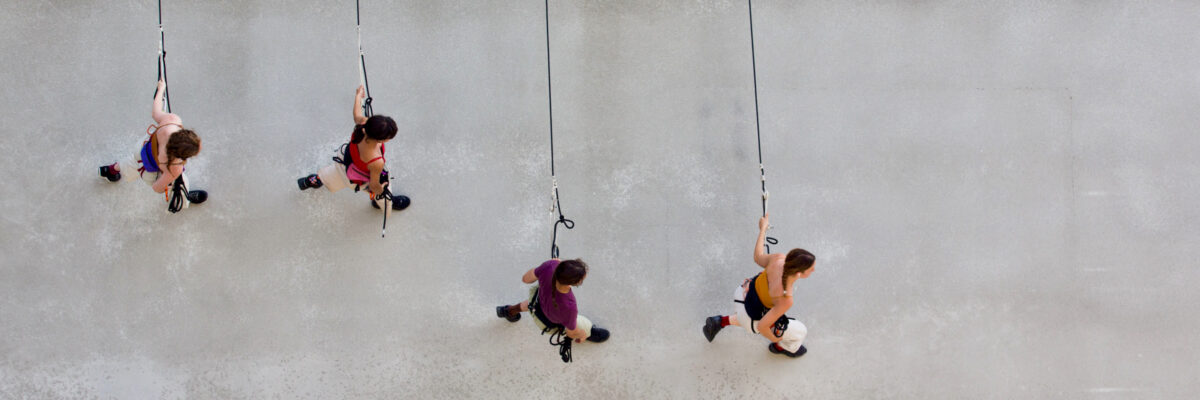The Well-Tempered Clavier
Music: The Well-Tempered Clavier by Bach (1720-1740)
Played by: Alain Franco
In collaboration with: GXII
The Well-Tempered Clavier, composed by Bach, was published in 2 books, 1722 and 1745 respectively. For the major and minor scales of each key of the clavier (keyboard), Bach composed two preludes and two fuges. Combined, The Well-Tempered Clavier is made of 96 compositions. Instead of playing the entirety through as an encyclopedia from A-Z, Alain has re-organised the order “in order to grant it a dramaturgical coherence that would extend the succession of the singular pieces and project these into the complexity of public space reception.”
Together with the students of GXII, an improvisation structure has been built to accompany this 4 hour long “opera for piano”.
“Considering that there is a distance between what kind of material we stage and at what times we do so, we need thus to reflect not only about the internal coherence of the material we’re bringing in a ‘showing mode’, but as much and as well on its representational coherence.
As such we might consider that any performance is submitted an editing process: if any Cagian legacy would matter than no doubt with this one. But instead of leaving the outcome of it to the randomness of a performance momentum (this is where I am not Cagian) I do consider that there is a historical (which can only be as well aesthetical of course) justification for an ‘intervention on material.’
I am hereby mainly connecting two paradigms: on one hand the score which counts as a reliable, symbolic document in order to allow the restitution of composed material, on the other the concept of ‘open work’, which can be considered as a turning point precisely in regard to the constant value that a score is mediating.
In the intermediacy lies the ‘cloudness’ of interpretation, of reading and of displacement as well.
The latter is of a particular importance for what concerns my editing work on the Well-Tempered Keyboard.
Concretely it means that every prelude and fugue is not only following up the chromatic scale (half tone by half tone upward) but that there is so to speak no streaming between the different ‘stairs’. These scores were indeed understood as research and exercises and were never meant to be performed publicly- let alone in a performance space which was a yet unknown concept.
The standard idea would so consist to say that the foundation of the public space opened the cultural gate for all composed material to be performed as scenic material. But is this enough? Are we not due to reflect on a phenomenon of displacement precisely because we are operating a transition that is by far not restricted to a homothecy? Why otherwise would we be so eager to grant staging a supplementary quality than what the published i.e composed material contains in itself?
So my work consisted indeed in reshaping the full extent of this “piano encyclopedia” in order to grant it a dramaturgical coherence that would extend the succession of the singular pieces and project these into the complexity of public space reception. And this meant, among other principles, to crack the common understanding of each closure of both the 48 preludes and 48 fugues and consider them as on the way of being completed.
It thus generated a long lasting suspension- articulated locally by the internal coherence of sequences, but foremost providing a super-structure on textures, territorialities, articulations, speeds and so on.
In this sense, this material (in this particular constellation) connected quite evidently with some of the key principles that dance and performance artists are working with.
Together with GXII, our working sessions granted the opportunity to connect with a differentiated proceeding in regard to the substantial legacy of music and dance. The broader picture questions the permanence of structure in regard to associativity, the time experience of such a monumental cycle in regard to narrative, the sharing of knowledge as artistic positioning.
These are indeed interrogations that have strong theoretical roots, yet, they are constantly calling to be granted a momentum of appearance. It’s the one I am dreaming to achieve.”
-Alain Franco

